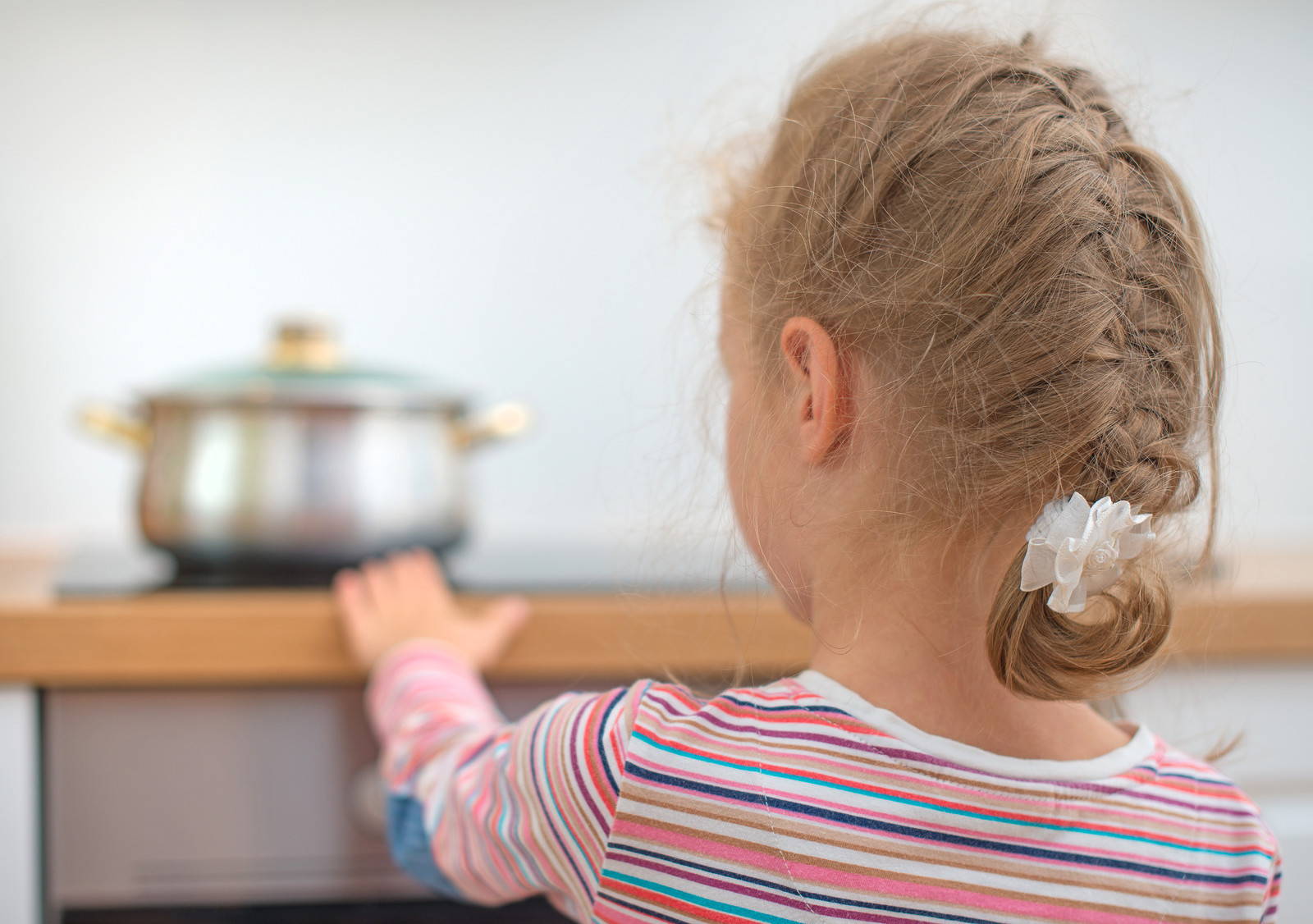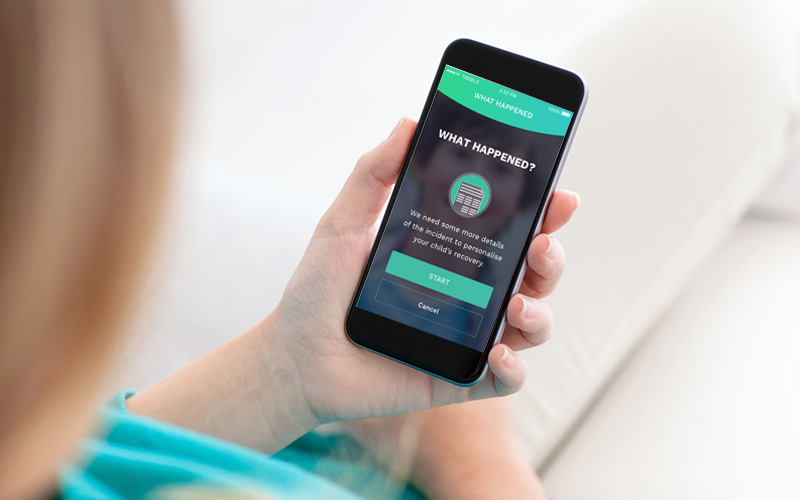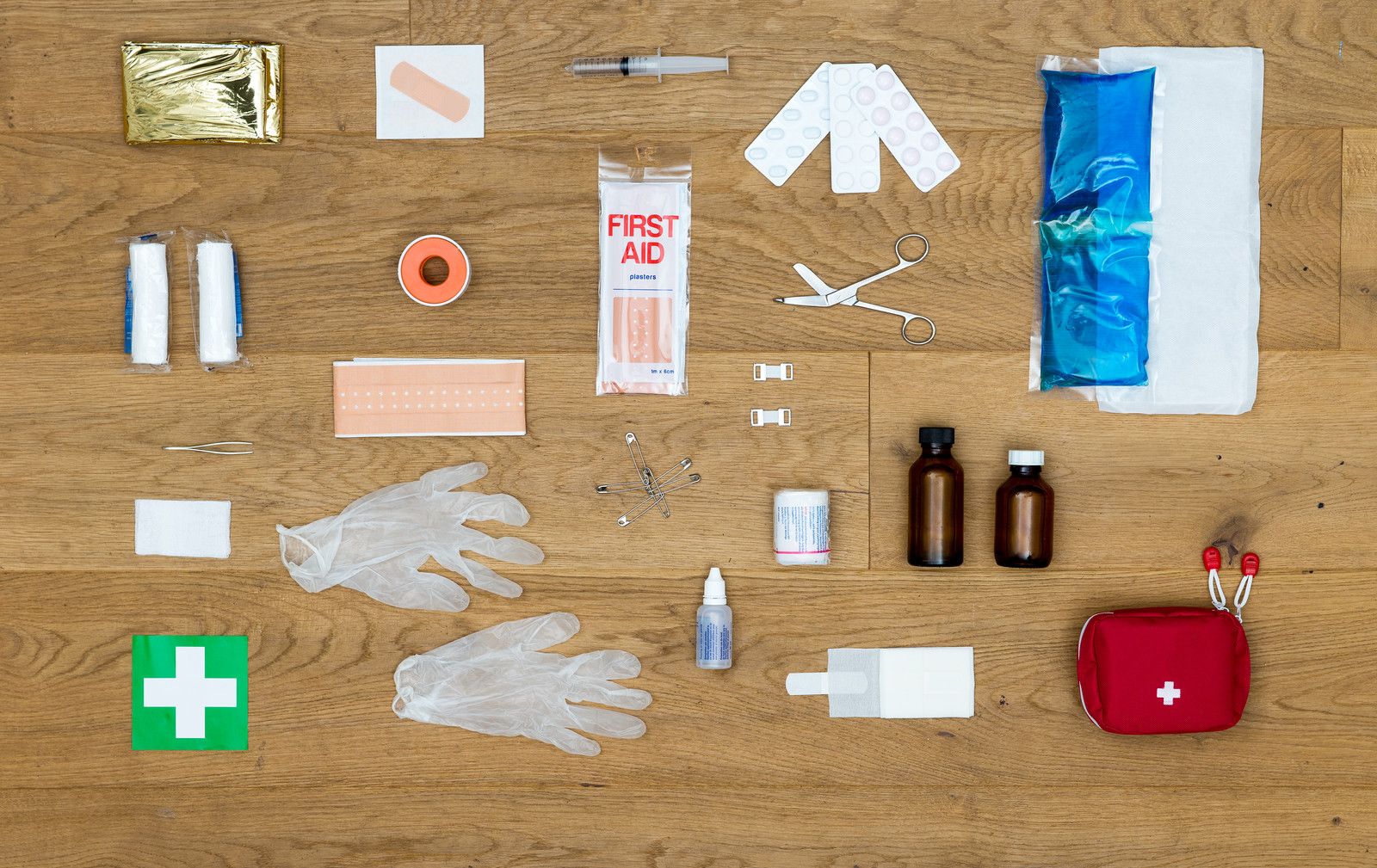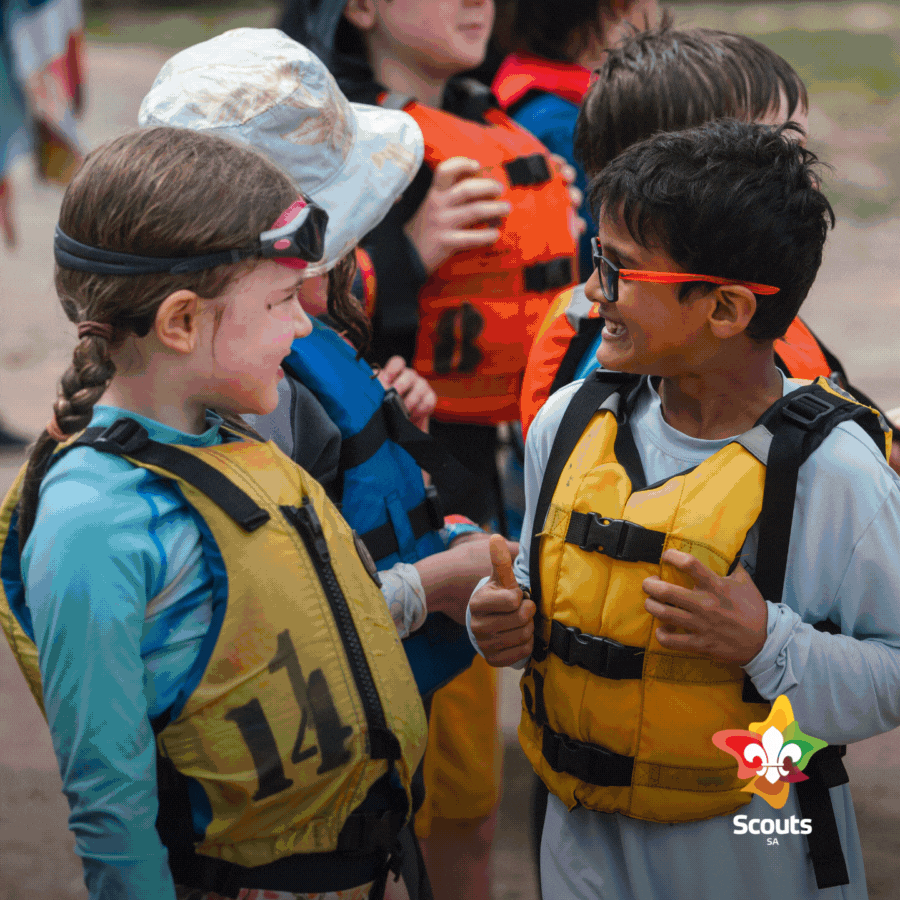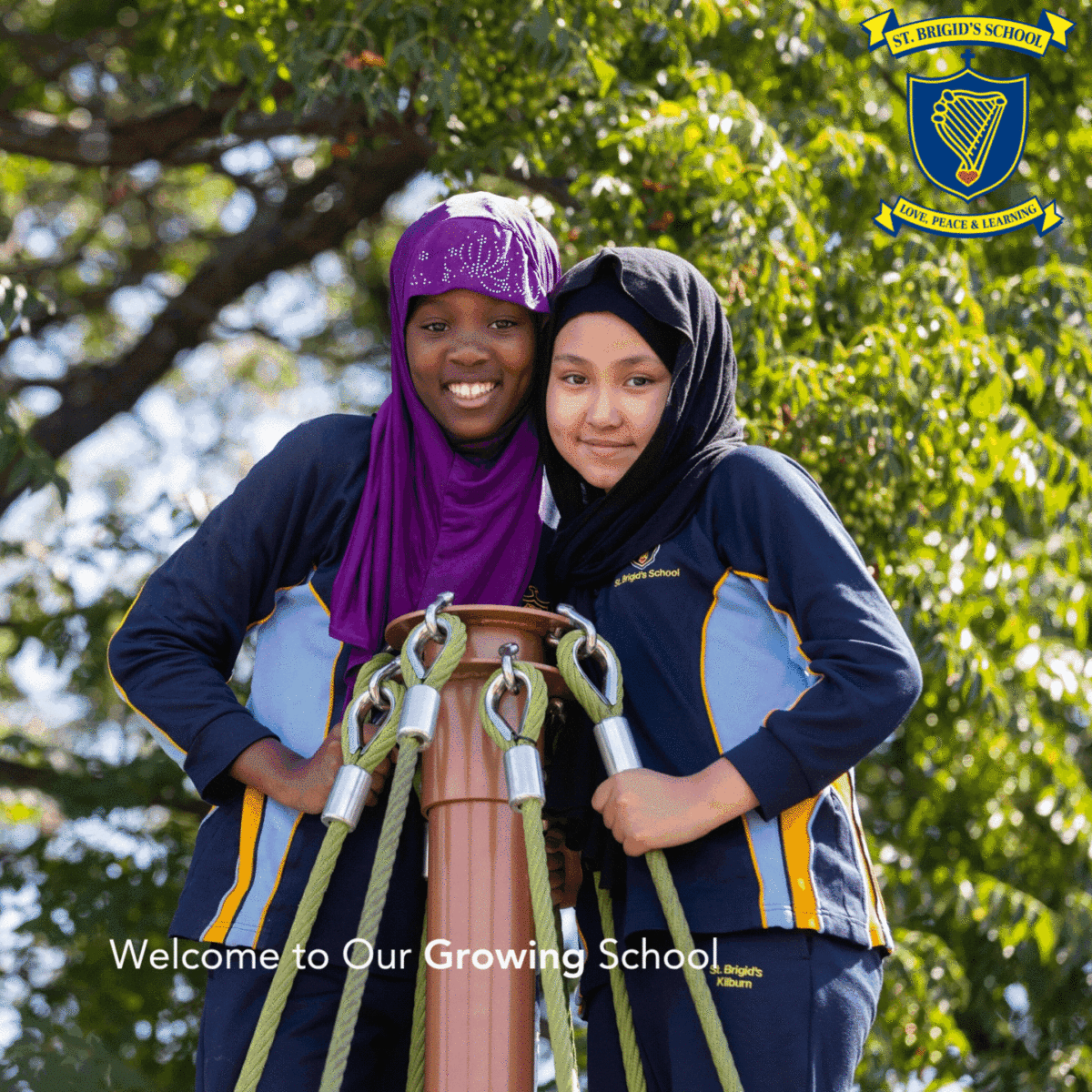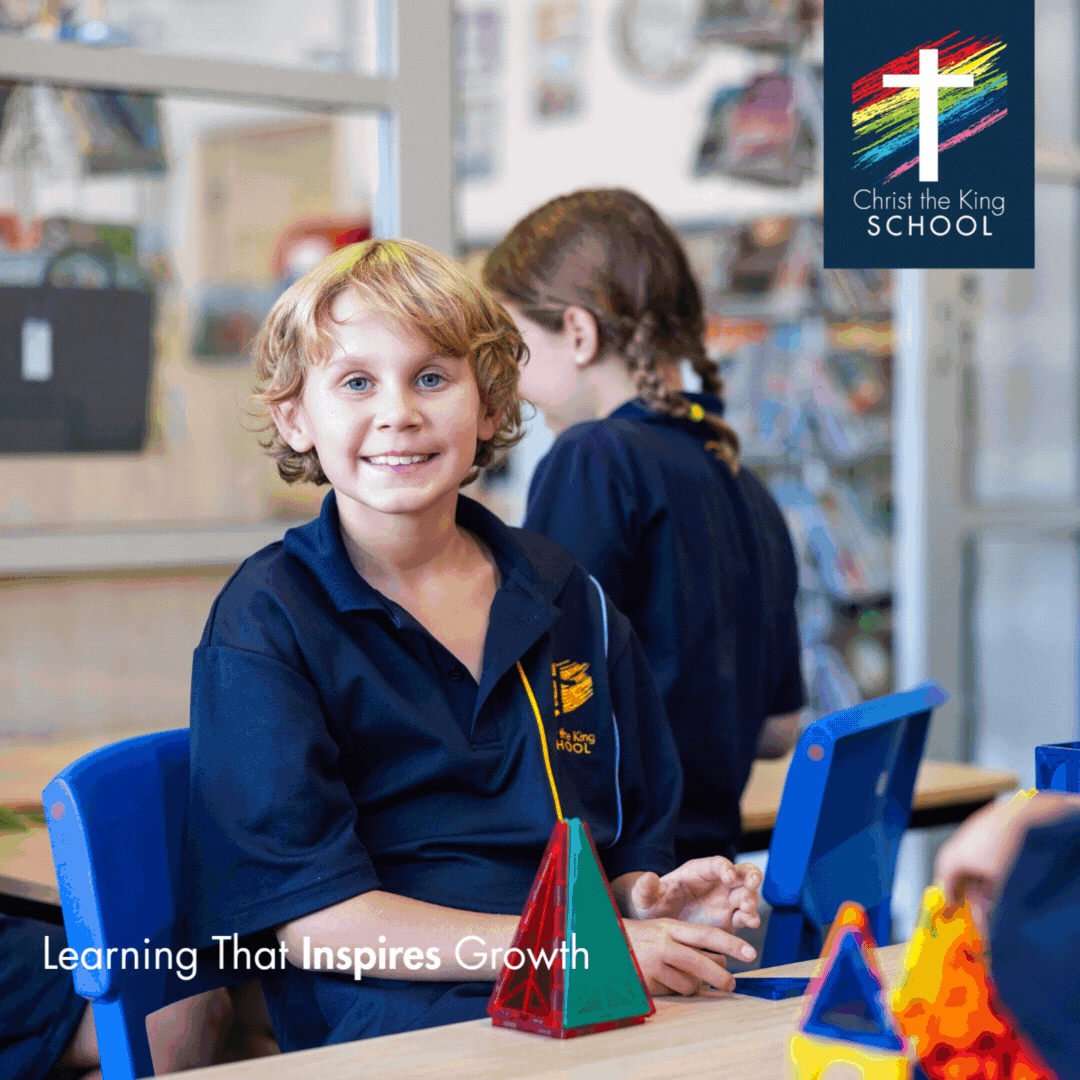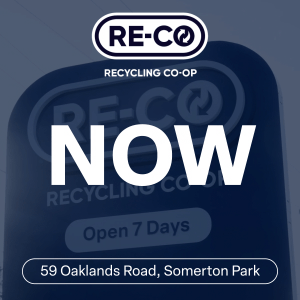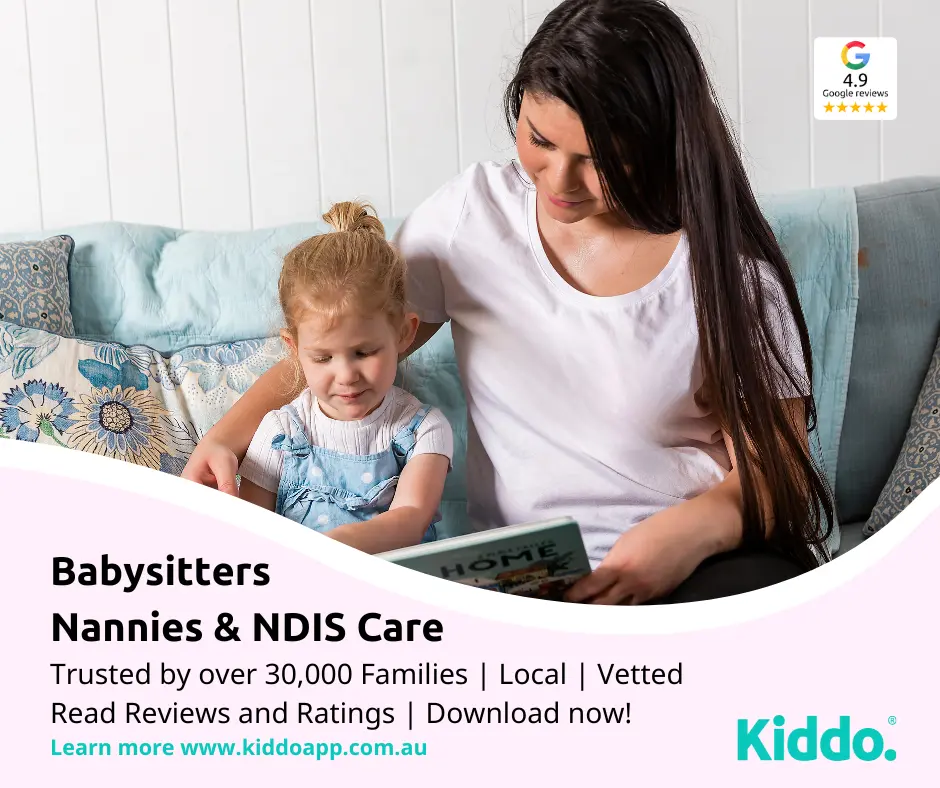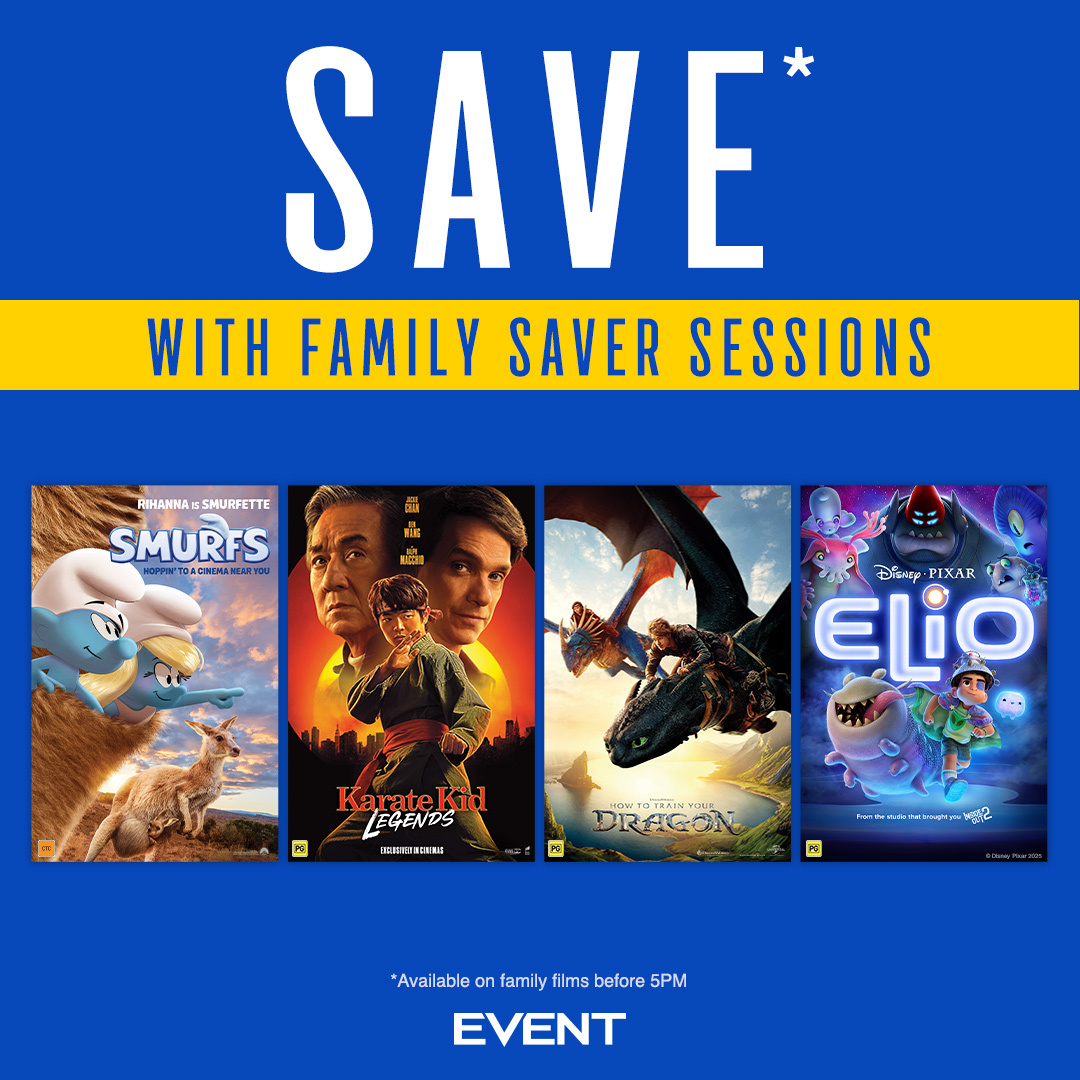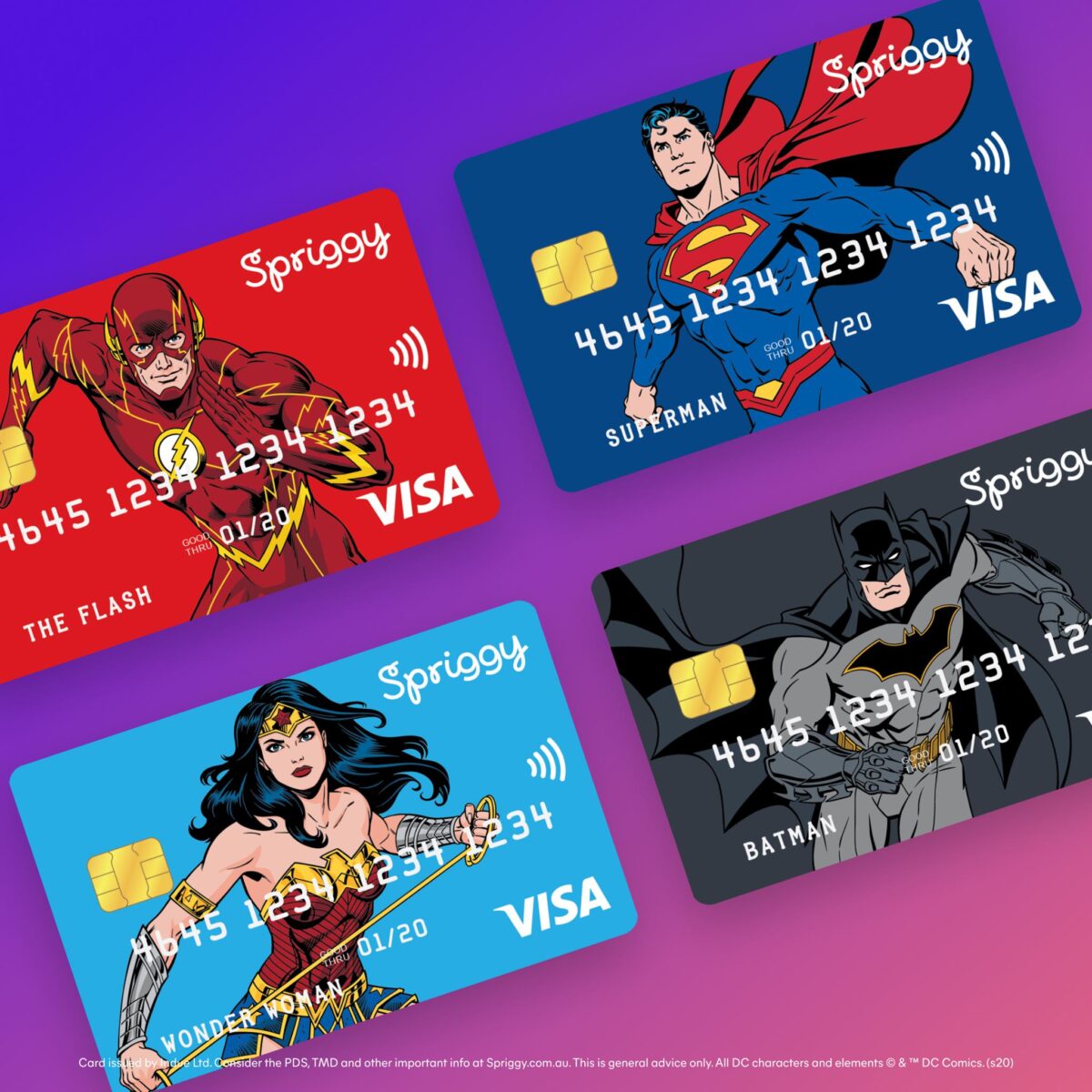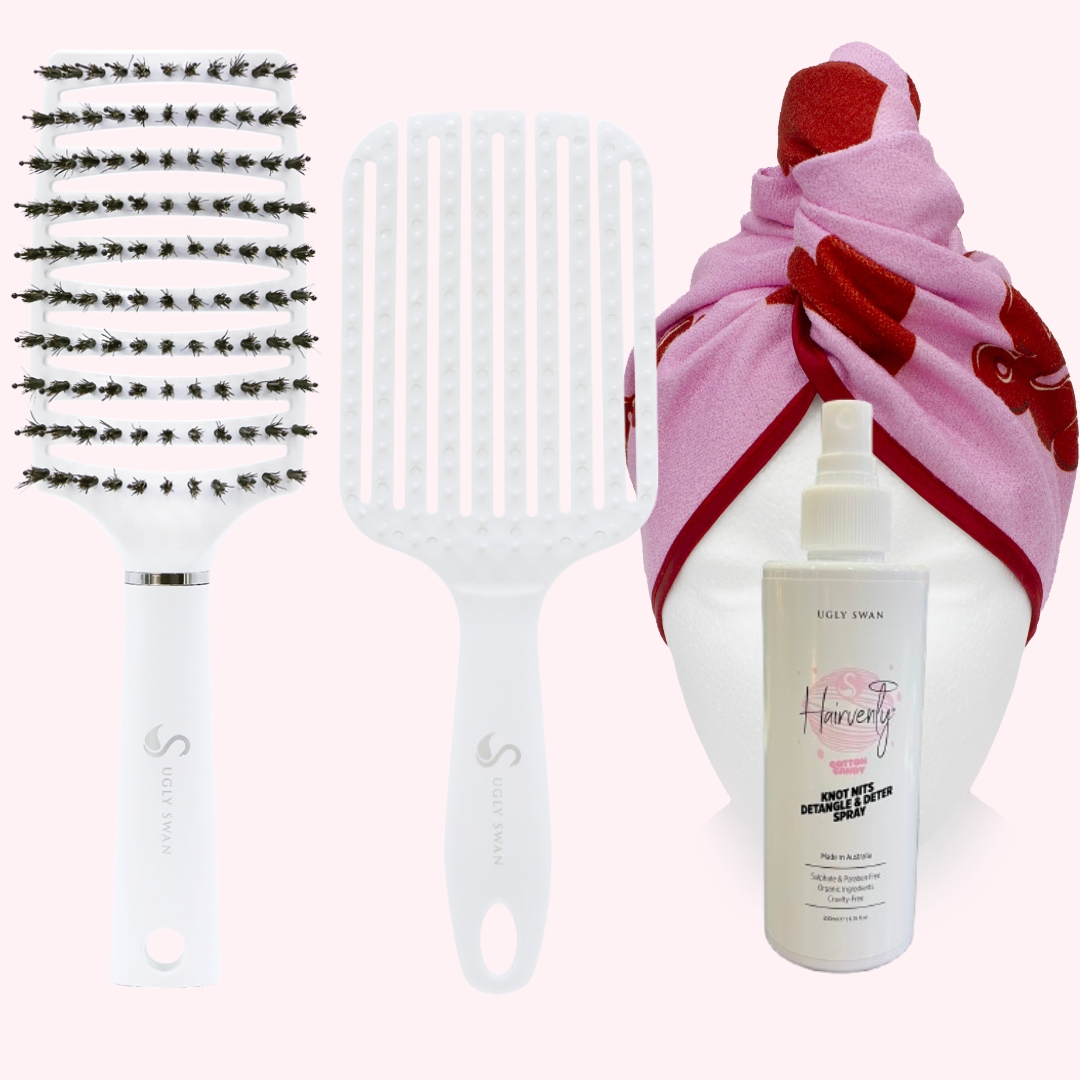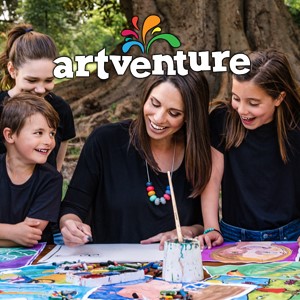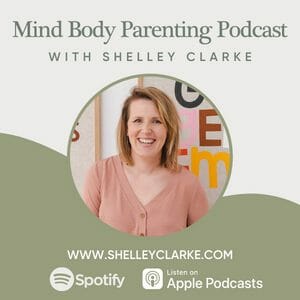These school hols I must have been a little distracted because I have burnt myself twice! Once on the grill and once on the iron. Both cooking and ironing are clearly dangerous and I do believe there is a good argument for giving up ironing all together… Prevention is the best first aid after all!
But in all seriousness, it made me think of the patients that I have seen who have not applied appropriate first aid to a burn and then ended up with painful blistering and sometimes infection. In contrast, I will always remember one Patient who DID apply the correct first aid to his large burn on his hand. We were worried that it would require specialised wound care and rehab because it was on his hand and due to wearing a coat the skin had prolonged contact with the boiling water. But at his dressing change the next day, we were relieved and amazed to see that he had minimal blistering and loss of skin. Whilst it still needed protecting and dressing, he did not need hospital care. This all came down to the first aid that he had applied in those first 20 minutes.
Even though the actions you take to treat a burn in the first 20 minutes are vital, I find most people don’t take the time to apply proper burn first aid.
The reasons for this are many… too busy, my child hates the cold water on them, it didn’t look too bad…. However, I also believe it is because people don’t understand that unless you cool through all 3 layers of the skin, your burn can progress further. That is why you go to sleep with a red mark and end up with a blister. It is still “burning” in the deeper skin layers. I discussed the WHY of burn first aid a little more fully in this video (complete with really bad diagrams) www.facebook.com/head2toefirstaid
This blog however, is dedicated to the WHAT of burn first aid. What should burn first aid look like?
Firstly, it’s important to remember that different types of things that can burn…
- Thermal (hot and cold): Even a plastic slide can burn on a really hot day. I also once had an elderly Patient that fell on a very hot day and as she couldn’t get up quickly ended up with a burn on her hip!
- Chemicals
- Electricity: it is worth mentioning that electricity burns should always get assessed as they often are worse than they appear on the surface
- Bitumen: needs cooling first aid for 30 mins
- Radiation: this includes the good old sun… so don’t forget to slip, slop slap and slide into the shade!
The next step is to use your knowledge of what can cause a burn to actively try and prevent them. Prevention is another blog in itself but think of bath water temperature, where you place your hot drink, how you position your saucepan handles, where you keep your cleaning chemicals…. More information can be found on burn prevention here https://www.kidsafensw.org/imagesDB/wysiwyg/BurnInjuryPrevention2013_2.pdf
Even with the best attempts at prevention, burns can still happen and you will need to know what to do. The important steps of burn first aid is:
- Cool the area immediately with cool running water for at least 20 mins (30 mins if it is a bitumen burn).
- Elevate the area if possible (e.g. on a limb) to reduce swelling
- Cover the area with a non-stick dressing. A great temporary measure that will allow you to safely cover the area while waiting for medical assessment is good old gladwrap. Sealing the burn from air will help to reduce the pain as nerve endings will not be exposed.
In addition to the above… Remember ice can burn so cool running water NOT ice should be used to stop the burning process. Only use Hydrogels if water is NOT available. Remove tight clothing and jewellery as soon as you can before the area swells, DO NOT peel of stuck clothing. DO NOT pop blisters.
Another aspect of first aid is knowing when to seek help. The obvious time to seek help is if the burn is significant/severe or involves the airway then you need to call 000 and apply the above first aid whilst waiting for the ambulance. However, if the burn is not obviously significant or severe then a good way to decide if you need to seek medical help is to think of the following:
- Is it the size of a 20c piece or bigger? If so you need to seek medical help.
- Is it on a functional area (face, over a joint, hands or feet)? Then you need to seek medical help to minimise scarring and ensure the function of the area is not compromised.
- Is there a blister? If so then the right dressing by a Dr or nurse straight away will minimise the infection risk and ensure the area heals quickly.
- Is the person very young, old or ill? If so they will be more affected by the burn and should seek medical help.
- Remember if you are unsure about whether the burn needs to be assessed then it probably does, so follow your gut.
The initial first aid used for a burn can really change the outcome and the recovery time so please, take the time needed to properly cool a burn down and seek the appropriate medical help based on the severity, symptoms and location of the burn. Stay safe and remember that ironing is a dangerous pastime!
This article was written for information and education purposes only and is not intended to be a substitute for professional medical advice, diagnosis, or treatment. Always seek the advice of your physician or other qualified health provider with any questions you may have regarding a medical condition. Never disregard professional medical advice or delay seeking it because of something you have read in this article.”







